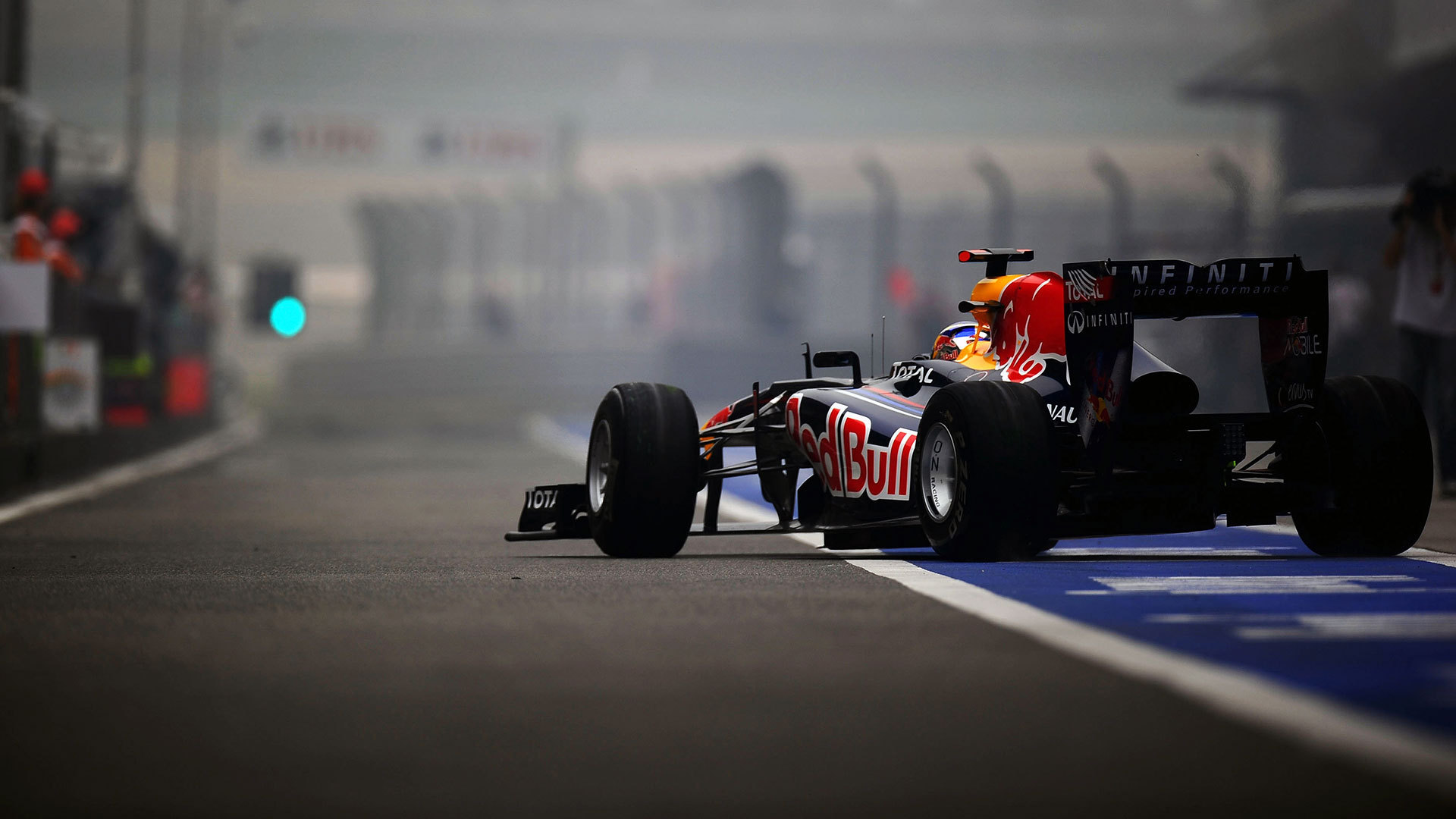| History | Drivers | Cars | Winners | Risk Versus Reward | Controversy and Formula One | An Intriguing French Grand Prix | Passion | Contact |

Controversy and Formula One
Fans know that Formula 1 racing showcases the best drivers at the pinnacle of the sport. They understand that their favourite drivers bleed and sweat racing. However, when controversy becomes a part of the mix, there is no denying the fact that it provides a black eye to the sport of racing. This is why there are strict rules and guidelines in place. These rules are designed to even the playing field so that all drivers have a shot at the title. Car specifications are regulated, and the manner in which engines are constructed is closely monitored. These are not the only issues that cause controversy, however.
The Tyrrell Racing Team built engines for Formula 1 cars, and they were quite popular. However, this team would become mired in controversy during a race in 1984. Having supplied the engine for French drivers, as well as for those from other countries, this team committed a huge mistake. Some people observed that the water injection system that was created by Tyrrell, was not up to specifications. In fact, lead shot could be seen escaping from the top of the car after the 1984 race. As it turned out, this team was running their cars underweight, and they decided to top up their water supply tanks with an extra 2 gallons of water. They also added 140 pounds of lead shot to give the cars an unfair advantage.
Alain Prost, one of the most decorated French Formula 1 drivers in history, found himself mired in controversy during a 1990 Japanese Grand Prix. Ayrton Senna, a Brazilian driver, was unhappy with his placement during the race because he preferred a cleaner lane. His request to be moved to the other side of the track was not granted. Once French driver Prost passed him during the start, he decided to rake matters into his own hands in order to have a better chance at winning. He wrecked Prost on purpose during the first turn, and this guaranteed him the world championship.
Car alterations techniques have been discovered during the French Grand Prix over the years. Some of the teams have added weight to the car in secret areas. These places are hard to check post-race, so inspections must be absolutely thorough. Other times, teams shave down areas of a car in order to make it more aerodynamic. This reduces drag on the car, and it achieves much higher speeds as a result. In other cases, cars were found to have larger air intake areas.
Allowing the car to take in more air, outside of the given regulations for this practice, gives the car much more horsepower, and an unfair advantage. Various forms of controversy take place in all motor sports, but some are more egregious than others. Purposeful wrecks are not only unsportsmanlike, but they are also quite dangerous. Formula 1 has taken steps to ensure that the teams who cheat are penalised. They take careful measures to ensure that every racer understands the rules.



